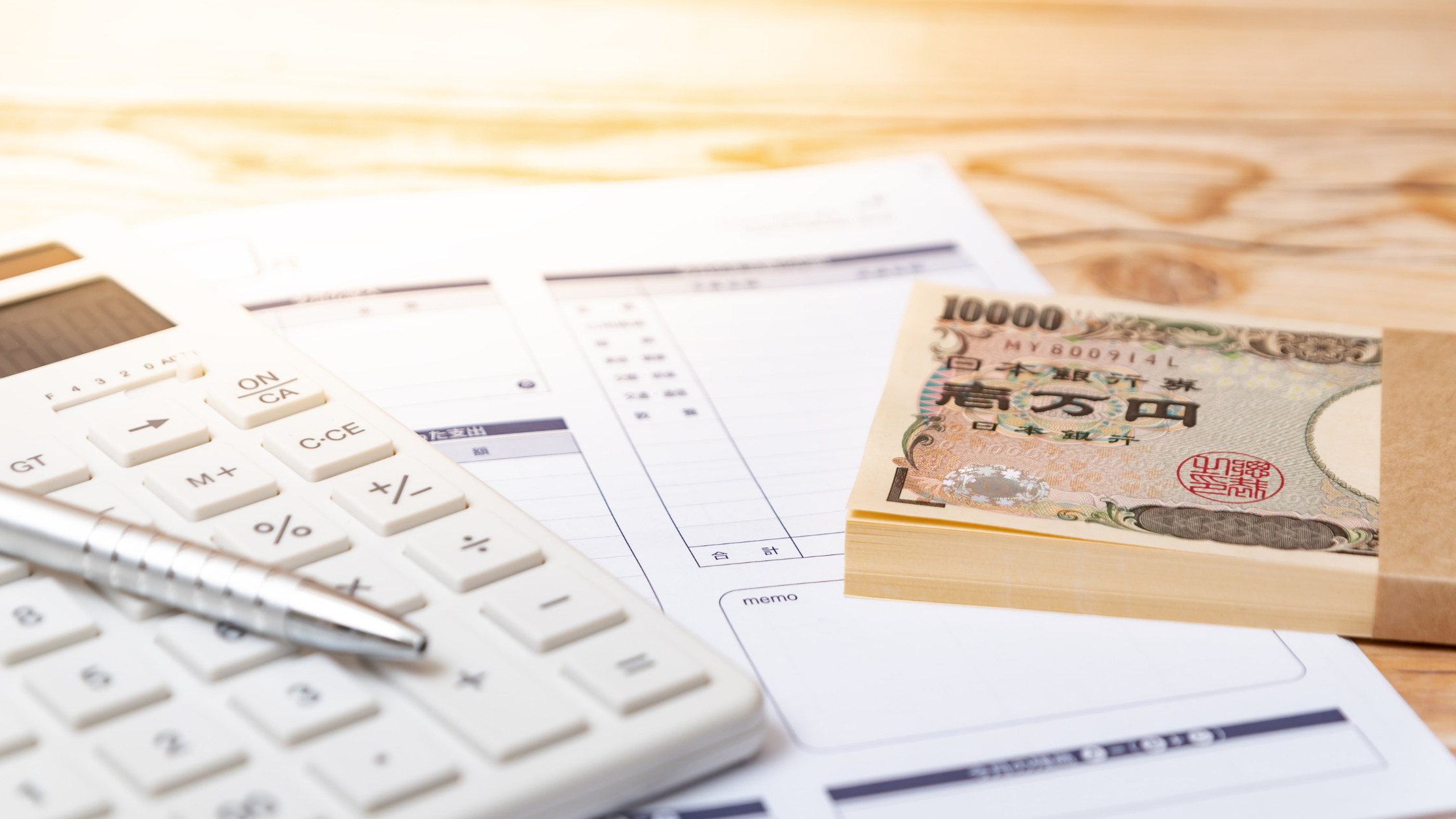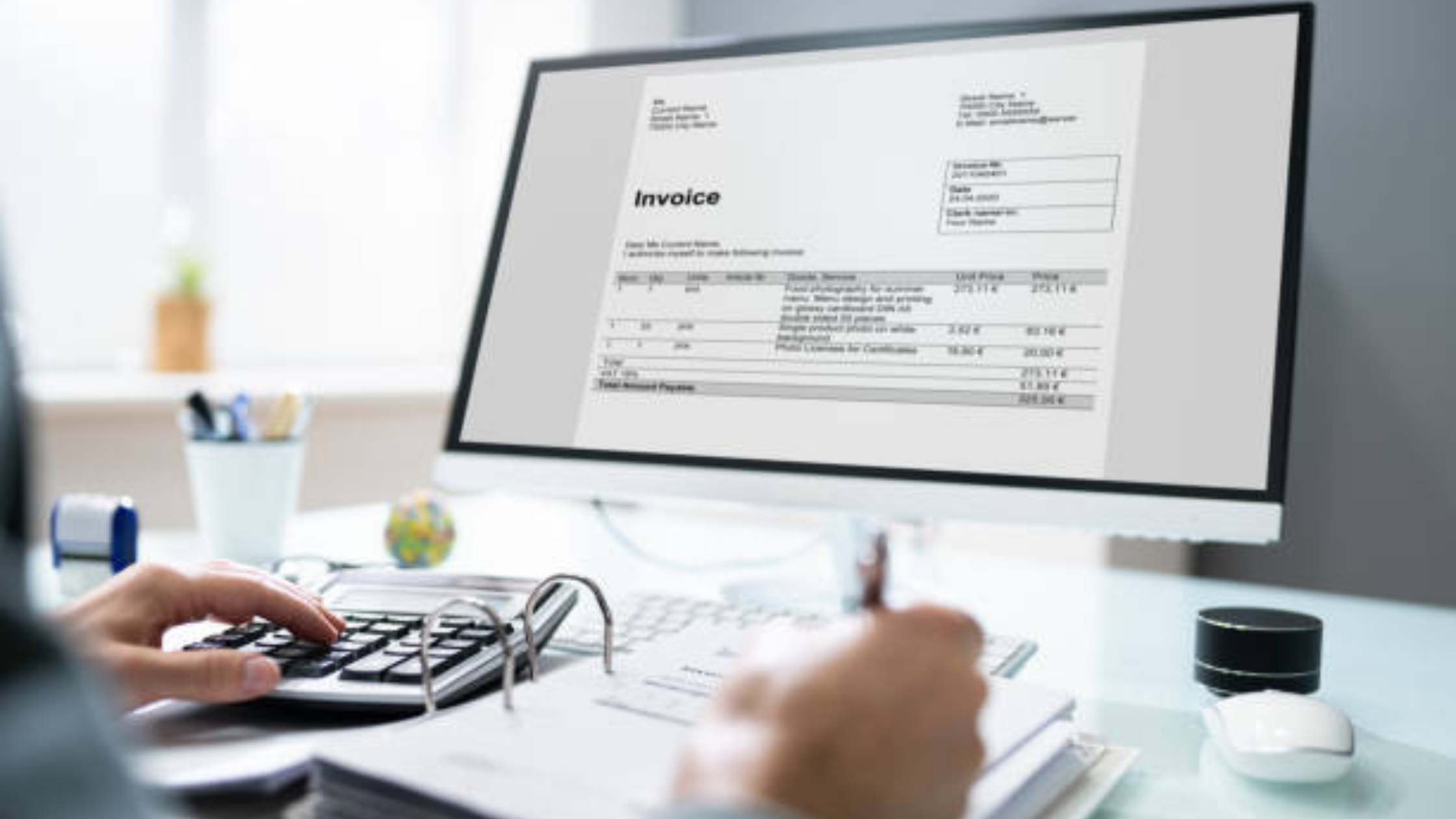Generate Professional Restaurant Receipts for Your Business

In the fast-paced world of the restaurant industry, maintaining accurate and professional receipts is crucial for any business. Whether you run a small cafe or a high-end restaurant, having well-designed receipts not only provides a record of transactions but also leaves a lasting impression on your customers. Professional restaurant receipts not only serve as proof of purchase but also reflect the quality and attention to detail of your establishment. From itemized orders to payment details, a well-crafted receipt can enhance the overall dining experience for your patrons. In this digital age, the importance of generating professional receipts cannot be overstated. By investing in creating visually appealing and informative receipts, you not only streamline your accounting processes but also elevate the overall customer experience. Let's explore how you can effortlessly generate professional restaurant receipts to elevate your business operations and leave a positive impact on your customers.
Understanding Restaurant Receipt Generation
What Are Restaurant Receipts?
Restaurant receipts are essential documents provided to customers following a purchase at a dining establishment. These receipts serve as a detailed record of the transaction, including the items ordered, their prices, any applicable taxes, and the total amount due. Beyond being proof of payment, restaurant receipts play a crucial role in accounting and financial management for both customers and businesses. They help track expenses, facilitate budgeting, and are often required for reimbursement purposes.
Why Generating Professional Receipts Matters
Generating professional receipts is more than just a formality; it is a strategic business practice with numerous benefits. Firstly, professionally crafted receipts enhance the overall customer experience by providing a clear and organized summary of the transaction. This transparency can help build trust and loyalty with customers, as they feel confident in the accuracy of their bill. Moreover, detailed receipts can prevent disputes or misunderstandings, as both parties have a documented reference of the transaction details.
In addition to improving customer satisfaction, professional receipts also contribute to a restaurant's branding and image. A well-designed receipt reflects the restaurant's attention to detail and commitment to quality service. Customizing receipts with the restaurant's logo, colors, or a personalized message can further reinforce brand identity and leave a lasting impression on customers. Furthermore, in today's digital age, electronic receipts are becoming increasingly popular. Offering options for digital receipts not only reduces paper waste but also provides convenience for customers who prefer digital record-keeping.
To ensure compliance with tax regulations and accounting standards, it is essential for restaurants to maintain accurate and organized receipt records. Professional receipts not only streamline internal processes but also demonstrate professionalism and reliability to customers. By investing in the creation of professional and detailed receipts, restaurants can elevate their customer service standards and strengthen their brand reputation in a competitive industry.
Importance of Itemized Receipts
Itemized receipts provide a breakdown of each item purchased, making it easier for customers to review and verify the charges. This level of transparency is particularly important in the restaurant industry, where menu items, special requests, and pricing variations can impact the final bill. Itemized receipts also help in identifying any discrepancies or errors, allowing for prompt resolution and ensuring customer satisfaction.
Enhancing Receipt Personalization
Personalized receipts go beyond basic transaction details to create a unique connection with customers. Including a personalized thank you note, a discount offer for the next visit, or a brief survey request can enhance the customer experience and encourage repeat business. By leveraging receipt personalization, restaurants can strengthen customer relationships and foster loyalty, ultimately driving business growth.
Leveraging Technology for Receipt Innovation
With advancements in technology, restaurants can explore innovative receipt solutions to streamline operations and enhance customer engagement. Digital receipts sent via email or text message offer convenience and eco-friendliness, while integrated receipt management systems can automate record-keeping and simplify accounting processes. Some establishments are even incorporating QR codes on receipts for instant feedback collection or linking to online surveys, enabling real-time customer interaction and feedback gathering.
Conclusion
Restaurant receipt generation is a critical aspect of customer service and business operations. By prioritizing the creation of professional, detailed, and personalized receipts, restaurants can not only enhance the customer experience but also strengthen their brand identity and streamline internal processes. Embracing technological innovations in receipt generation can further drive efficiency and customer engagement, positioning restaurants for success in a competitive market landscape.
Generating Professional Restaurant Receipts
In the competitive world of the restaurant industry, every detail counts when it comes to providing exceptional service to customers. One crucial aspect that often gets overlooked but is essential for maintaining a good reputation and ensuring transparency in transactions is generating professional restaurant receipts. Let's delve deeper into the key steps to generate professional restaurant receipts that not only meet legal requirements but also enhance the overall dining experience for your customers.
Choosing the Right Receipt Generator Tool
The first step in creating professional restaurant receipts is selecting the right receipt generator tool. Look for a tool that offers customizable templates, advanced features, and a user-friendly interface to streamline the receipt generation process. Consider factors like ease of use, compatibility with your POS system, and the ability to integrate branding elements.
Customizing Receipt Templates to Reflect Your Brand
Personalization is key when it comes to creating a lasting impression with your customers. Customize your receipt templates with your restaurant's logo, colors, and branding elements to create a cohesive and professional look. Incorporate design elements that align with your restaurant's theme and ambiance to reinforce brand identity.
Adding Essential Details for Clarity
Beyond the basic transaction information, consider including additional details on the receipt to enhance customer experience. Include server names, table numbers, and order specifics to provide a personalized touch. Moreover, consider adding QR codes or links to online surveys for gathering feedback and improving service quality.
Ensuring Compliance with Legal Requirements
Compliance with local tax regulations and legal requirements is non-negotiable when it comes to generating restaurant receipts. Include essential details such as the tax identification number, VAT number, and any other mandatory information to avoid penalties or fines. Regularly update your receipts to reflect any changes in tax laws or regulations.
By following these steps and paying attention to detail, you can create professional restaurant receipts that not only serve as proof of a transaction but also contribute to the overall dining experience. Remember, a well-crafted receipt is not just a piece of paper but a reflection of your commitment to excellence in every aspect of your restaurant operations.
Best Practices for Restaurant Receipts
Keeping Receipts Organized
One of the best practices for restaurant receipts is to keep them organized. This involves having a systematic way of storing and categorizing receipts, whether it's by date, type of expense, or any other method that works best for the restaurant's accounting needs.
Including Contact Information
Another important aspect of restaurant receipts is to ensure that they include contact information. This can be the restaurant's name, address, phone number, and website. Having this information readily available on receipts can be helpful for customers who may need to contact the restaurant for any reason.
Implementing Branding Elements
To enhance brand visibility and recognition, it's recommended to implement branding elements on restaurant receipts. This can include the restaurant's logo, slogan, or any other branding elements that reflect the restaurant's identity. Consistent branding across receipts can help reinforce the restaurant's image in the minds of customers.
Maintaining Accuracy
Accuracy is key when it comes to restaurant receipts. It's essential to ensure that all details on the receipts are accurate, including the items purchased, prices, taxes, and any discounts applied. Regularly reviewing and cross-checking receipts can help identify any discrepancies and ensure that the restaurant's financial records are precise and up-to-date.
Enhancing Customer Experience
Beyond just being a record of a transaction, restaurant receipts can also serve as a tool to enhance the overall customer experience. Consider adding personalized thank-you notes or special offers on the receipts to show appreciation to customers and encourage repeat business.
Digital Receipts and Environmental Sustainability
Many restaurants are opting for digital receipts as a more eco-friendly alternative to traditional paper receipts. Discuss the benefits of digital receipts, such as reducing paper waste and offering customers a convenient way to store and access their receipts electronically.
Data Analysis and Insights
Restaurant receipts hold valuable data that can provide insights into customer preferences, popular menu items, peak hours, and more. Utilize receipt data to analyze trends, make informed business decisions, and tailor marketing strategies to better meet customer needs.
Employee Training and Compliance
Train staff on the importance of accurate receipt generation and compliance with legal requirements. Ensure that employees understand how to handle receipts securely, protect customer information, and follow proper procedures for issuing refunds or processing payments.
Incorporating Technology
Explore how technology can streamline receipt management processes, such as using POS systems that automatically generate digital receipts or integrating receipt data with accounting software for seamless financial tracking and reporting.
Regular Audits and Record-Keeping
Conduct regular audits of receipts to identify any discrepancies, track expenses, and maintain financial transparency. Establish a robust record-keeping system to store receipts securely for tax purposes, audits, and financial analysis.
By implementing these best practices for restaurant receipts, establishments can not only enhance operational efficiency and customer satisfaction but also ensure compliance with financial regulations and improve overall business performance.
Conclusion
Utilizing professional restaurant receipts is essential for any food establishment looking to maintain a high level of professionalism and organization. By generating detailed and well-designed receipts, businesses can enhance customer satisfaction, streamline accounting processes, and ensure compliance with financial regulations. Investing in creating professional receipts is a small yet impactful step that can greatly benefit the overall success and reputation of a restaurant business.







